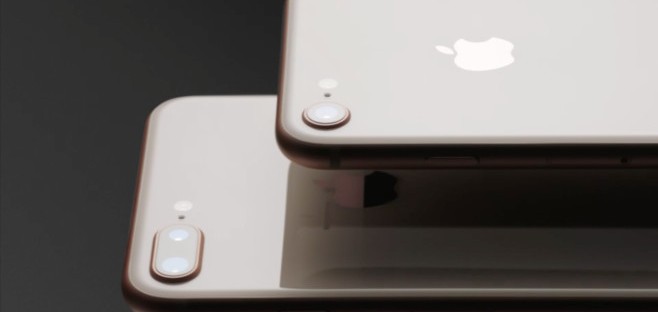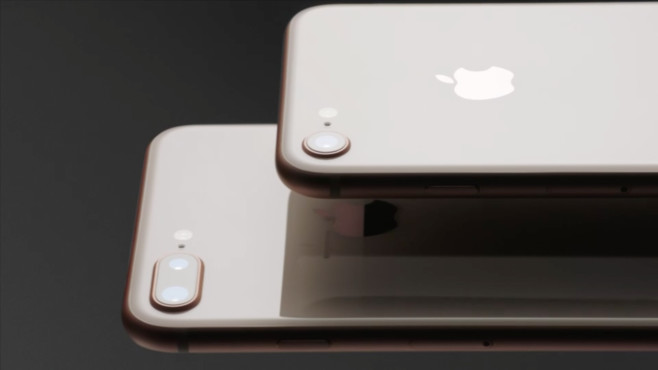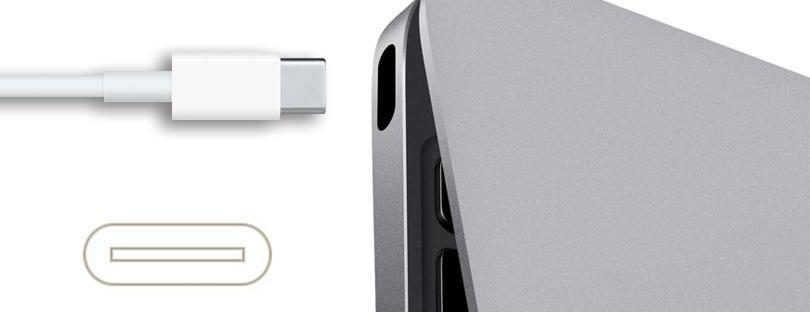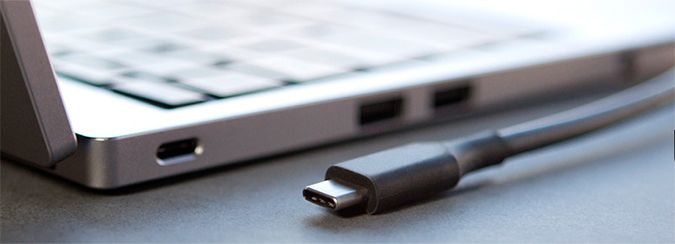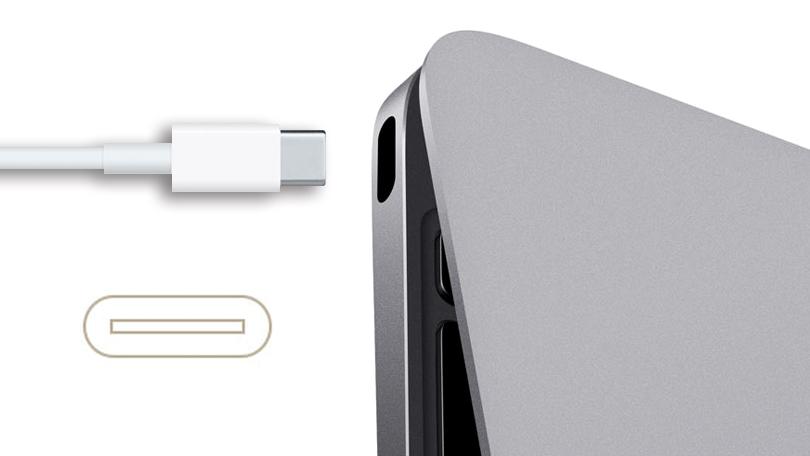USB 3.1 GEN1 and GEN2
Back in 2010, the time or USB 3.0 was introduced on motherboards. At this time, the USB 2.0 and its 480 Mb/s were insufficient, so the new standard promises 5 Gb/s. In practice, throughputs revolve around 3.2 Gb/s (400 MB/s) but the same problem was encountered in USB2.0 (30 to 35 MB/s Instead of the theoretical 50)
In 2013, the USB-IF consortium goes further and pushes to 10 Gb/s. At this point, there is a reference to a standard called USB 3.1. But of course, marketing got involved, and instead of maintaining this clear split, the USB 3.0 became USB 3 Gen1, as opposed to the USB 3.1 Gen2 which is Bel is the only one capable of providing 10 Gb/s. All this so that manufacturers can display a USB 3.1 logo on products that have not changed much since their USB 3.0 certification (the only difference will only be few people).
If you are looking for 10 Gb/s, the only USB 3.1 criterion will not necessarily be sufficient, so you will have to delve in more detail. At about the same time as the USB 3.1, the USB-IF introduced a concept of reversible connector that finally called USB Type-C. Amalgam was quickly made between the two standards, but they are indeed independent. In fact, the Type-C connectors on smartphones are generally limited to USB 2.0 connectivity.
USB POWER Delivery, an independent standard
Power Delivery Table
In addition to the standard that defines the speed of the USB, we find in parallel the standard known as USB power delivery, which determines the power that each connector can deliver. For example, a conventional USB port will deliver 500ma in 5v, or 2, 5w. But another, stronger, can climb to 900mA or 4, 5w. For the battery recharge, which is therefore transferring data, we can increase the power delivered and thus climb to 5a, or 25W. This point is important because ports and cables capable of delivering maximum power will ensure faster recharge of your devices (smartphone, mouse, headphones, gamepad, etc.) while this can also allow to be satisfied with a single cable for some devices (keyboards, HDD players).
To spice it up, the Type-C connector opens a new overhaul of its own Power delivery. Base, this connector can provide 1.5 A or 3 a always in 5v. Either 7.5 W or 15w which, in both cases, is already much more than the majority of Type-A connectors. Under certain conditions, it will be possible to climb to 5a and 20v, the Bagatelle of 100 watts of power. Enough to feed more greedy elements, such as laptops or screens. This gives rise to many combinations between the type of connector, its standard and the power delivered. It will be noted in the passage that if a Type-C connector can in some cases deliver 100 W, it may just as well be limited to 7.5 w while a type-a will be able to provide more than 7.5 w, proving that the C-type is not necessarily synonymous with large power.
Alternative MODES
With USB 3.1, the USB-IF has implemented an additional mode of communication for direct connection between device and host via alternative data protocols. This is the alternate mode. Four types are originally planned, but manufacturers can also incorporate their own proprietary technology, as this is based on the recalibrated wiring on the fly. Thus, the USB can be transformed into DisplayPort, MHL, HDMI or Thunderbolt (the latter including DisplayPort and potentially other connectors).
Of course, it is possible to connect screens or other devices to conventional 3.0 ports, but this required either devices intended to operate via a USB signal or active adapters.
What about the OTG?
For those who do not know what it is, the USB OTG (On-the-Go) refers to the ability of some mobile devices (smartphones and tablets primarily) to operate compatible USB sticks. The key as the terminal must therefore be compatible with this standard. But until then, smartphones were equipped with USB micro-B (or micro-USB) connectors while PCs used Type-A connectors. In fact, the few micro-B keys were specifically intended for mobile devices and were OTG compatible. With the Type-C being a universal connector, it will not be the same here. It will therefore be necessary to check the compatibility OTG not only on the side of your device (and of course, very few seem compatible at the moment), but also that of the key you want to accept.
Dangerous cables!



